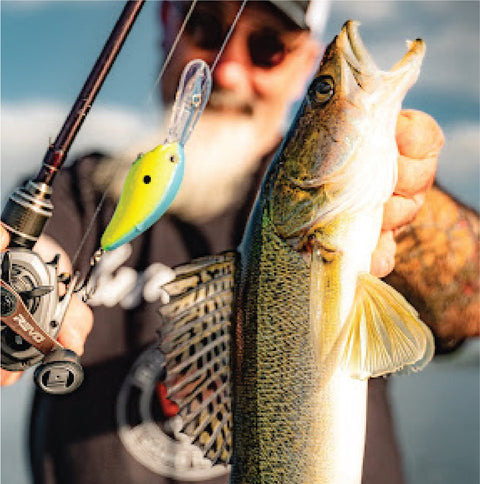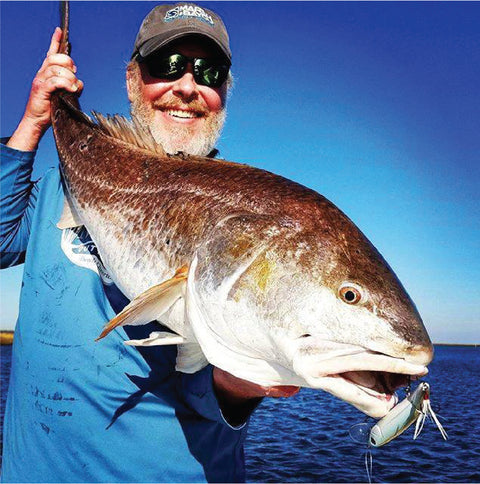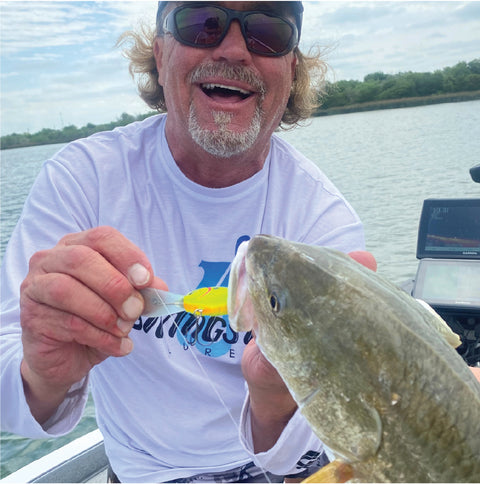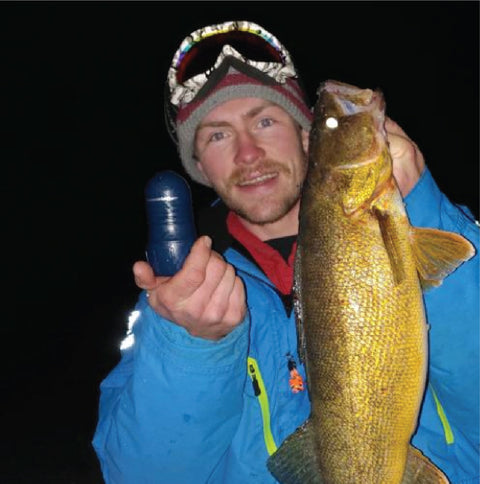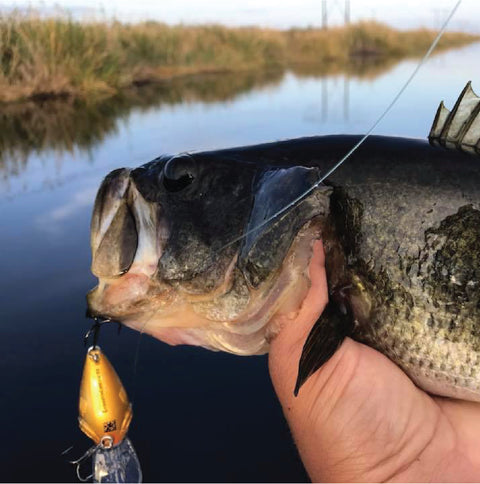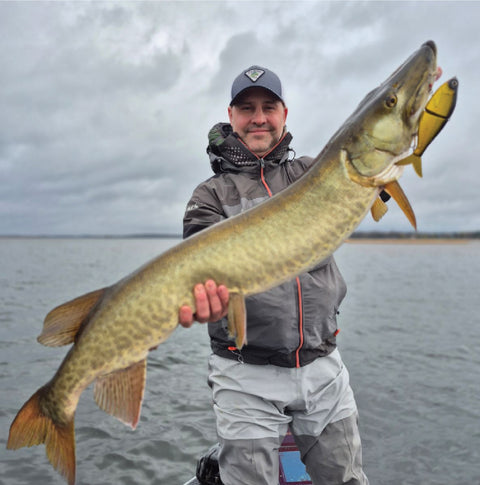Pike Fishing with the Viper 6: Tactics and Technology
Late Summer Pike Fishing and the Viper 6 Advantage
As summer draws is soon ending, pike become increasingly active, driven by much cooler water temperatures. At this time of the year, they’re more likely targeting medium-sized prey, such as roach and ruds, which still seek shelter in shaded or grassy areas. Pike closely follows these prey as their behaviour shifts with temperature changes.
For anglers, this means that imitating the prevalent prey with the appropriate lure at the right moment dramatically boosts the chance of success. However, as the forrage available changes in species and size, pinpointing the optimal target becomes a challenge. Experimenting with different lure options is essential until you discover what the pike are seeking on a given day.
Throughout the year, pike—and other predators—rely as much on sound as sight when hunting. In dense vegetation, sound becomes a critical factor in attracting fish before the lure is visible. During this season, I usually go for a minimalist approach, often fishing in waders from shore with only a few lures selected. My two top choices for hard lures are an articulated glide bait, such as the Viper 6 or 8, and a jerk minnow like the Stick Master 127.
How the Livingston Viper 6 Mimics Prey—Visually and Acoustically
Matching the Profile and Behaviour of Natural Prey
The Viper 6 is a 15 cm swimbait, making it an ideal size to imitate the pike’s typical late summer and autumn prey: perch, roach, and juvenile bream. Its “S” swimming action is smooth with a steady retrieval. I’ve found out that it responds well to pauses, especially near structures. By mixing steady cranking with stops and short turns on your handle, the lure creates more pronounced slides, enticing pike to strike.
Adaptability to Diverse Fishing Conditions
A key feature of the Viper 6 is its variable weight system, which allows anglers to customise the swimming depth. By opening the lure’s articulated body and adding or removing internal weights, you can adjust buoyancy—skimming the tops of seagrass in the morning, probing deeper water at midday, or using it as a wake bait in the evening. This versatility makes it suitable for a range of fishing styles. So far, my best results are with one bead removed at this time of the year.
Innovative Sound Technology: Speaking the Pike’s Language
Equipped with EBS™ (Electronic Baitfish Sound) technology, the Viper 6 reproduces the distress calls of forage fish. This sound profile is more natural for predators and less likely to trigger suspicion than conventional noise-rattling lures. I have observed increased bite rates when fish are cautious, with pike often returning for a second or third strike. The natural audio appeal of EBS™ seems to reduce the usual wariness, resulting in more successful hookups. Its range of attraction is roughly double that of standard lures.
Why Choose the Viper 6?
The Viper 6 is engineered for versatility. The addition of extra ballast does not compromise its swimming action, allowing for both fast, reflex-triggering retrieves and ultra-slow presentation. In general, glide bait buoyancy can only be adjusted in weight through external addition hanging under the lure. It does the job of tuning the swimming depth but in my point of view disturb the swimming action of your lure. That why I love the build in solution of the Livingston lures.
Especially effective during the first cold front of autumn, the bioacoustics signals provide a unique advantage. The Viper 6 is mimicking, not only the movement but also the sound signature of the pike’s natural prey.
In summary, the Livingston Viper 6 stands out as a reliable and adaptable choice for pike fishing in late summer and autumn, thanks to its precise swimming ability and imitation of prey size and sound.
Frédéric JULLIAN





